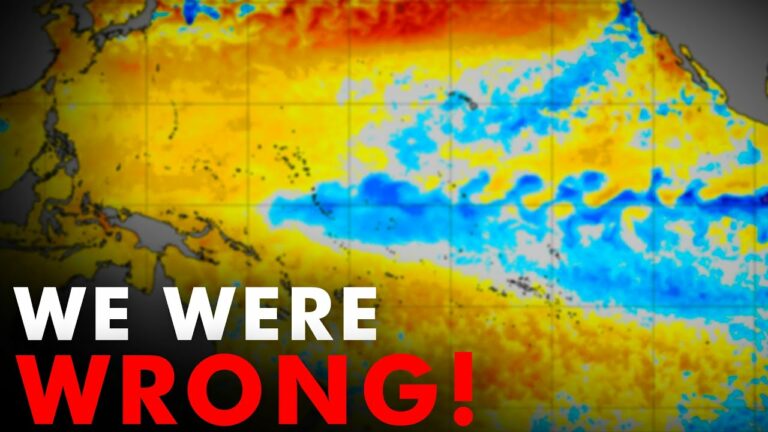NASA: “EVERYONE’S Lying!! North America’s Worst Disaster Is About To Happen!
Climate change has sparked a major debate amongst top climatology experts on how weather patterns are being affected by rising surface temperatures but it appears not all experts agree on how this effect is happening. As it turns out, We were Wrong: The North Pacific is cooling and Antarctica is growing.
Weather patterns have seen some remarkable changes in the past decades, something which many might attribute to Climate Change but as it turns out, experts disagree that these changes might not be caused by Climate change at all. One of the major countries that sits right in the middle of these fluctuating weather changes is Australia.
The country has been drastically affected by the famous La Ninã winds resulting in major flooding and cooler summers on the country’s east coast for the past couple of years. For those of us who might not be conversant with the La Ninã weather phenomenon, let’s break it down for you.
La Niña is a major part of a natural climatic cycle that blows cool air over the tropical Pacific ocean. It is one part of a larger cycle with the other part being El Niño, which blows much warmer winds than La Niña. Both weather events alternate effects on both ends of the central and eastern tropical Pacific with sea surface temperatures varying between both events. Both weather events are collectively called the El Nino–Southern Oscillation or ENSO.
The varying effects of La Ninã and El Niño have monumental effects on weather patterns bringing severe tropical rains and floods to one region while simultaneously bringing droughts to others and the cycle shifts. Although the climatic effects and impacts of ENSO are largely felt in regions around the tropical Pacific, these effects can very well extend to any part of the Globe making ENSO the prevalent force in driving global interannual climate variability.
The effects of ENSO on precipitation and temperature change are prominently felt around East and Southern Africa, Southeast Asia, Western Americas, Australia, and Antarctica.
Do not forget to share your opinion with us to provide you with the best posts !




0 Comments